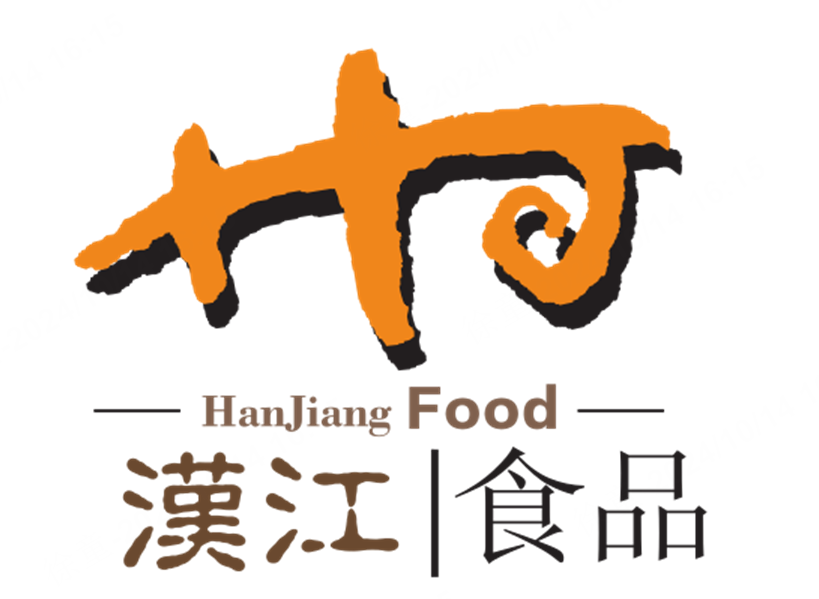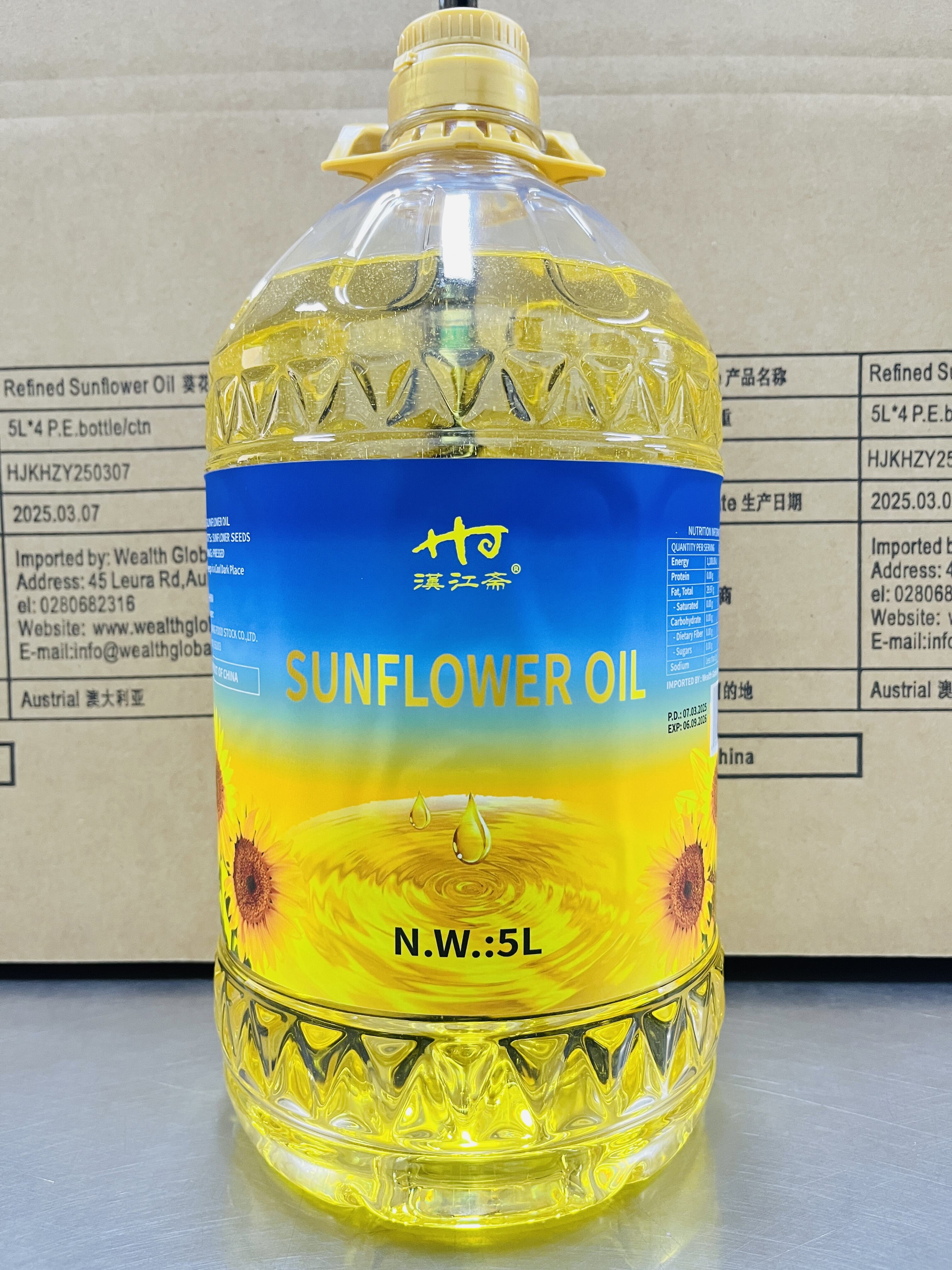Comparative Analysis of the Quality of Sunflower Oil Produced by Machine Pressing and Extraction
Sunflower oil is one of the most widely consumed vegetable oils in the world, known for its light flavor, high smoke point, and nutritional value. It is used in cooking, food processing, cosmetics, and even in some industrial applications. However, not all sunflower oil is produced in the same way. Two of the most common production methods are machine pressing (also called mechanical pressing) and solvent extraction.
While both methods aim to separate oil from sunflower seeds, they differ in terms of process, yield, and final oil quality. These differences can influence taste, nutritional content, stability, and suitability for specific uses. Understanding these differences is important for manufacturers, consumers, and industries that rely on sunflower oil as a key ingredient.
This article presents a detailed comparative analysis of sunflower oil produced by machine pressing and extraction, covering production methods, physical and chemical characteristics, nutritional value, sensory qualities, and safety considerations.
Overview of Sunflower Oil Production
Sunflower oil is obtained from the seeds of the sunflower plant (Helianthus annuus). The seeds contain around 38–50% oil, depending on the variety and growing conditions. The production process typically involves:
Seed cleaning – removing foreign matter such as stones, dust, and plant debris.
Dehulling – removing the outer shell to access the kernel, which has a higher oil content.
Conditioning – adjusting moisture and temperature to prepare seeds for oil extraction.
Oil extraction – separating the oil from the seed material using mechanical or chemical methods.
Refining – purifying the crude oil to remove free fatty acids, phospholipids, pigments, and odors.
The key difference between machine pressing and solvent extraction lies in the oil extraction step.
Machine Pressing Method
Machine pressing involves using mechanical force to physically squeeze oil from sunflower seeds. The two main techniques are:
Cold pressing – pressing seeds without external heat, keeping the temperature below 50°C to preserve nutrients and flavor.
Hot pressing – applying heat during pressing to increase yield, but with some loss of volatile nutrients.
Mechanical presses, such as screw presses or hydraulic presses, exert pressure on the prepared seeds, forcing oil out through small openings while retaining the solid seed cake.
Advantages of machine pressing:
Produces oil with minimal chemical alteration.
Retains more natural flavor and aroma.
Lower risk of chemical residues in the oil.
Preferred for premium and organic products.
Disadvantages:
Lower oil yield compared to solvent extraction (typically 75–85% of total oil content).
Higher residual oil in the seed cake.
Potentially higher production costs per liter of oil.

Solvent Extraction Method
Extraction uses a chemical solvent, usually hexane, to dissolve the oil from sunflower seeds or seed cake. The process generally includes:
Crushing and flaking the seeds.
Mixing the flakes with hexane to dissolve the oil.
Separating the oil–solvent mixture from the solid residue (meal).
Distilling to remove and recover the solvent from the oil.
Refining the crude oil to make it safe and suitable for consumption.
Advantages of solvent extraction:
High oil recovery (up to 98% of the oil content).
More efficient for large-scale production.
Lower cost per unit of oil produced.
Disadvantages:
Requires extensive refining to remove solvent traces.
Greater loss of natural flavor and some nutrients.
Higher environmental and safety considerations due to solvent handling.
Physical and Chemical Quality Parameters
The quality of sunflower oil is measured through various physical and chemical parameters, which can be affected by the production method.
Color and Clarity
Machine pressed oil – Often darker in crude form due to suspended solids and natural pigments, but can retain a golden hue after light filtration. Cold-pressed oil tends to have a richer color.
Extraction oil – Typically lighter in color after refining, with more uniform clarity, as extensive refining removes most pigments.
Free Fatty Acid (FFA) Content
Machine pressed oil – Usually lower in FFAs if produced from fresh seeds and processed quickly, but can be higher if seeds are stored poorly.
Extraction oil – Initial FFA levels can be similar or slightly higher due to the heat and chemical contact during processing, but refining reduces FFAs to low levels.
Peroxide Value (PV)
PV measures primary oxidation products in the oil.
Machine pressed oil – Cold-pressed oil generally has a low PV initially, but may oxidize faster if not refined.
Extraction oil – Refining stabilizes PV, but extended processing may slightly reduce antioxidant compounds that protect against oxidation.
Phospholipid Content
Machine pressed oil – Contains more natural phospholipids (gums), which may cause haze but also contribute to emulsifying properties in food applications.
Extraction oil – Gums are mostly removed during refining, improving clarity but reducing natural emulsifiers.
Nutritional Quality Comparison
The nutritional value of sunflower oil depends largely on its fatty acid profile, vitamin content, and minor compounds such as phytosterols and polyphenols.
Fatty Acid Profile
Both methods produce oil with a similar profile, dominated by:
Linoleic acid (omega-6 polyunsaturated fatty acid) – 55–65%
Oleic acid (omega-9 monounsaturated fatty acid) – 20–40%
Saturated fats – 5–10%
High-oleic sunflower varieties have an even greater proportion of oleic acid, improving oxidative stability.
Vitamin E (Tocopherols)
Machine pressed oil – Especially cold-pressed oil, retains higher levels of vitamin E, an antioxidant that protects cells and prolongs shelf life.
Extraction oil – Refining can reduce vitamin E content, although it remains present in significant amounts.
Phytosterols and Polyphenols
These bioactive compounds contribute to cholesterol-lowering effects and antioxidant activity.
Machine pressed oil – Typically retains more of these compounds, especially in minimally refined versions.
Extraction oil – Refining significantly reduces phytosterol and polyphenol levels.
Sensory Quality
Taste and aroma are important quality factors for sunflower oil, especially in applications where the oil is used raw or in dressings.
Machine pressed oil – Retains more of the natural nutty flavor and aroma of sunflower seeds, especially when cold-pressed. This makes it popular for artisanal and gourmet uses.
Extraction oil – More neutral in flavor and aroma after refining, making it versatile for frying, baking, and processed food manufacturing.
Safety Considerations
Both methods can produce safe sunflower oil if processing and refining are done properly. However, there are specific safety aspects to consider:
Machine pressing – The main risks are contamination from poorly cleaned equipment or microbial growth if oil is stored improperly.
Extraction – The use of hexane requires strict controls to prevent solvent residues in the final oil. Proper refining ensures compliance with safety standards.
Environmental Impact
Machine pressing – Generally has a lower environmental footprint since it avoids chemical solvents, though energy use can be higher if hot pressing is used.
Extraction – More efficient in yield but requires solvent recovery systems and strict environmental management to prevent emissions.
Cost and Market Positioning
Machine pressed oil – Higher production cost, smaller yield, but often marketed as premium or organic. Appeals to health-conscious consumers and specialty markets.
Extraction oil – Lower cost per unit, large-scale production, suited for mainstream markets and food industry supply.
Conclusion of Comparative Analysis
Machine pressing is best suited for:
Premium, gourmet, or organic sunflower oil products.
Applications where flavor, aroma, and nutrient retention are priorities.
Smaller-scale or niche markets.
Extraction is best suited for:
Large-scale, cost-sensitive production.
Neutral-flavored sunflower oil for cooking and food processing.
Situations where maximum yield is important.
In terms of pure nutritional and sensory quality, machine pressing — particularly cold pressing — tends to produce sunflower oil with higher levels of bioactive compounds and richer flavor. However, extraction delivers greater efficiency and a product with a longer, more stable shelf life after refining. The choice between these methods depends on the intended use, target market, and production scale.
FAQ
Which method produces healthier sunflower oil?
Cold-pressed sunflower oil retains more natural antioxidants and bioactive compounds, making it slightly healthier in terms of nutrient content.
Is extracted sunflower oil safe?
Yes, as long as it is properly refined to remove solvent residues, extracted sunflower oil meets safety standards for consumption.
Does machine pressed sunflower oil last longer?
Not necessarily — while it contains more antioxidants, unrefined pressed oil can oxidize faster without proper storage.
Which method is more eco-friendly?
Machine pressing avoids solvents, but extraction is more efficient in yield. Environmental impact depends on overall production practices.
Can both types be used for frying?
Yes, but refined extraction sunflower oil is more commonly used for high-temperature frying due to its neutral flavor and extended shelf life.
Table of Contents
- Comparative Analysis of the Quality of Sunflower Oil Produced by Machine Pressing and Extraction
- Overview of Sunflower Oil Production
- Machine Pressing Method
- Solvent Extraction Method
- Physical and Chemical Quality Parameters
- Nutritional Quality Comparison
- Sensory Quality
- Safety Considerations
- Environmental Impact
- Cost and Market Positioning
- Conclusion of Comparative Analysis
- FAQ

 EN
EN
 DA
DA
 AR
AR
 NL
NL
 FI
FI
 FR
FR
 DE
DE
 EL
EL
 HI
HI
 IT
IT
 JA
JA
 KO
KO
 NO
NO
 PL
PL
 PT
PT
 RU
RU
 ES
ES
 SV
SV
 TL
TL
 ID
ID
 SR
SR
 UK
UK
 VI
VI
 HU
HU
 TH
TH
 TR
TR
 FA
FA
 AF
AF
 MS
MS
 GA
GA
 MK
MK
 HY
HY
 KA
KA
 BN
BN
 LA
LA
 MN
MN
 NE
NE
 MY
MY
 KK
KK
 UZ
UZ
